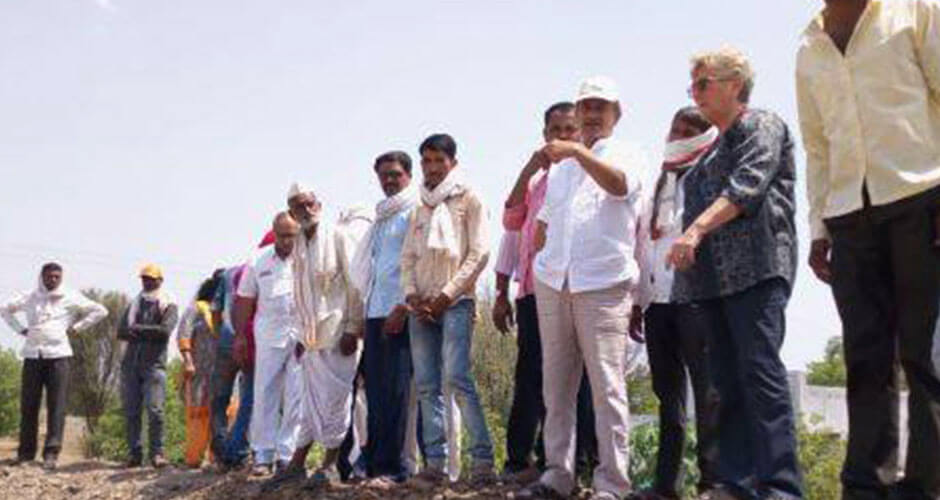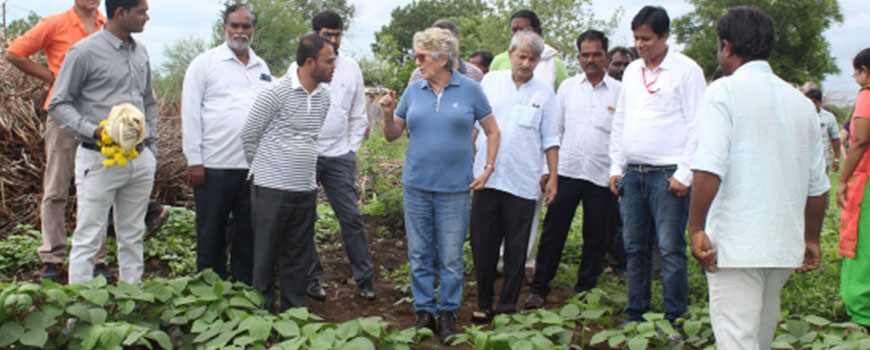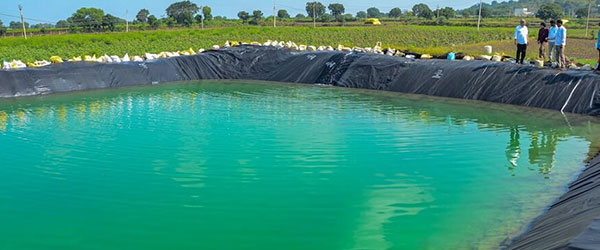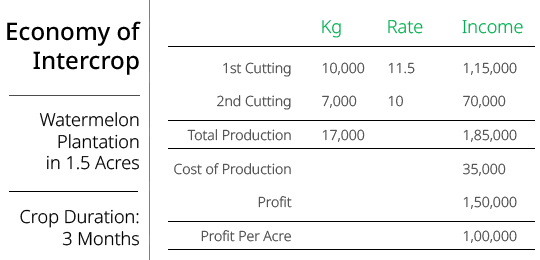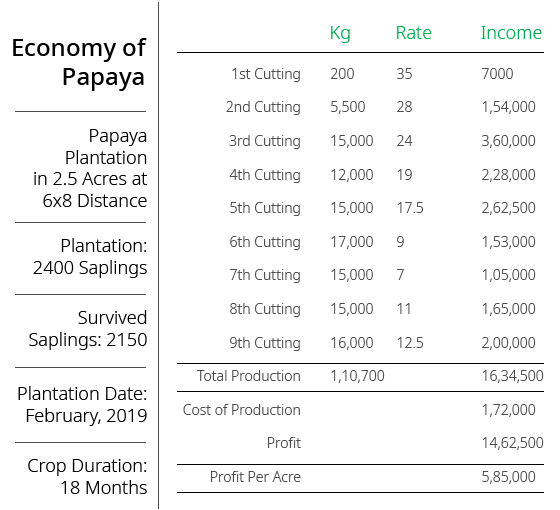Education
5,000
students impacted through activities focused on improving quality and access to schools
Improving school infrastructure
- - building boundary walls
- - toilet construction
- - water supply through solar water pumps
- - water filters for clean drinking water
- - smokeless chulhas for mid-day meal preparation
- - Improving quality and access, through e-learning kits, school libraries, personal mentoring, and sports.
Healthcare
2,000
people impacted through health camps and associated activities
Health camps and diagnostic care
Livelihood
Empowering SHGs:
- - Goat rearing
- - Stitching
- - Food products
- - Poultry
Services
1,500
Ration Cards distributed for the first time in the cluster of 15 villages
- Distribution of Ration Cards
Social Reforms
15
villages are hooch-free and alternative means of livelihoods provided to alcohol shop owners
Tackling Alcoholism
- - Ban of Illicit Liquor
Clean Energy
A total of
1,000
clean energy installations in 15 villages of Parli
- - Solar lamps distribution
- - Solar street lights
- - Solar water pumps
- - Smokeless chulhas
